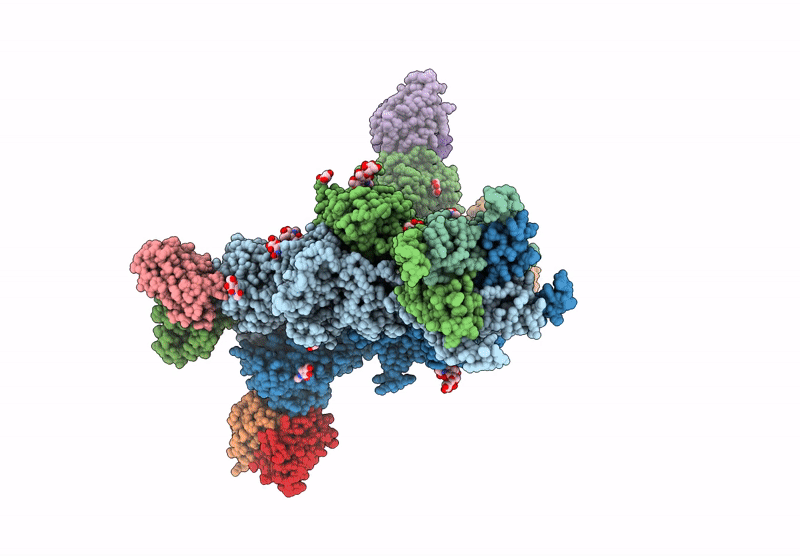
Deposition Date
2024-09-23
Release Date
2025-02-05
Last Version Date
2025-03-19
Entry Detail
PDB ID:
9JNN
Keywords:
Title:
Structure of native di-heteromeric GluN1-GluN2B NMDA receptor in rat cortex and hippocampus
Biological Source:
Source Organism:
Mus musculus (Taxon ID: 10090)
Rattus norvegicus (Taxon ID: 10116)
Rattus norvegicus (Taxon ID: 10116)
Host Organism:
Method Details:
Experimental Method:
Resolution:
5.40 Å
Aggregation State:
TISSUE
Reconstruction Method:
SINGLE PARTICLE


